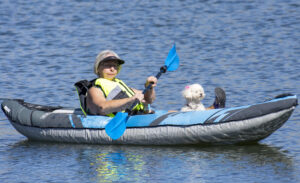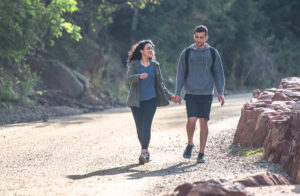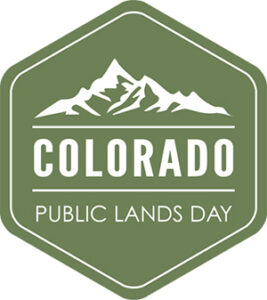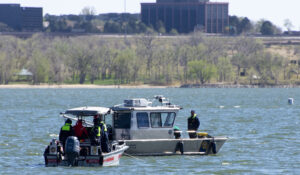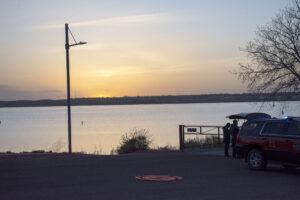
Pictured at John Martin Reservoir State Park
DENVER – Colorado Parks and Wildlife invites resident and nonresident anglers of all ages and skillsets to participate in its annual Free Fishing Weekend on June 4 and 5.
Free Fishing Weekend is a great way to get outside with family and friends and take advantage of Colorado’s extensive opportunities to fish for a variety of cold and warm water fish species.
No license is required this weekend to fish. All other rules and regulations apply. To learn more about fishing season dates and license fees, visit cpw.state.co.us.
From reservoirs, lakes and ponds to rivers and high-altitude streams, Colorado is a highly-regarded fishing destination. The state features nearly 9,000 miles of trout streams -321 miles of which are designated Gold Medal waters – and over 1,300 angling locations, all managed for high-quality fishing. Angling in Colorado equals opportunities to catch some 35 species of warm-water and cold-water fish.
In 2021, over one million fishing licenses were sold in Colorado. The sale of fishing licenses allows CPW to maintain and conserve fish habitat that promotes better fishing in the state.
For more information on fishing in Colorado, visit cpw.state.co.us/Fishing or read the 2022 Colorado Fishing Brochure – Pesca en Colorado (En Español)






